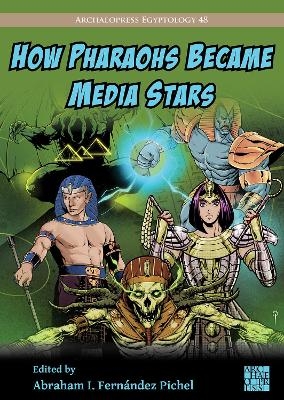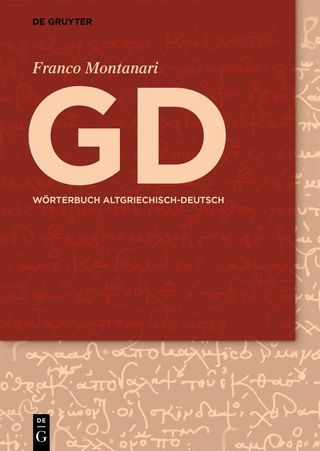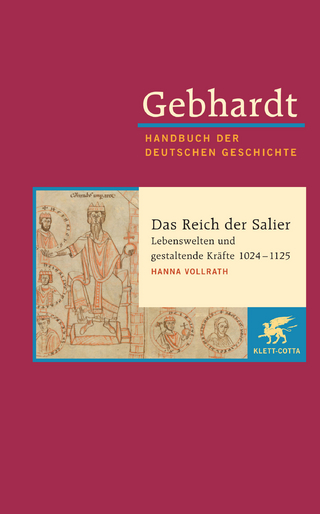
How Pharaohs Became Media Stars: Ancient Egypt and Popular Culture
Archaeopress Archaeology (Verlag)
978-1-80327-626-7 (ISBN)
The appearance of new media and its enormous diffusion in the last decades of the 20th century and up to the present has greatly increased and diversified the reception of Egyptian themes and motifs and Egyptian influence in various cultural spheres. So-called ‘popular’ or ‘pop’ culture (cinema, genre fiction, TV-series, comics, graffiti, computer and video games, rock and heavy music, radio serials, among others) often makes use of narratives and motifs drawn from the observation and study of ancient Egypt, updated and reinterpreted in various ways, and which is now the subject of study by scholars of Egyptology.
The present monograph seeks to provide new evidence of this interdisciplinarity between Egyptology and popular culture. It explores the conscious reinterpretation of the past in the work of contemporary authors, who shape an image of the Egyptian reality that in each case is determined by their own circumstances and contexts.
Abraham I. Fernández Pichel studied Egyptology at the Université Lyon II - Louis Lumière (France) and received his doctorate from the Universität Tübingen (Germany). Since 2020 he has worked as a researcher and associate professor (Egyptology) at the Center for History of the Faculty of Arts of the University of Lisbon (Portugal). His main fields of study are Egyptian religion and the hieroglyphic inscriptions of Graeco-Roman temples, as well as the intersection of Egyptology and contemporary popular culture.
Preface
Introduction: “Ich mache mir die (ägyptische) Welt, wie sie mir gefällt” (Egypopcult Project) – Abraham I. Fernández Pichel
Theories on Pop Culture and Egyptology – José das Candeias Sales
The Portrayal of Ancient Egypt in Sir Terry Pratchett’s Pyramids – Filip Taterka
Pauline Gedge’s Hatshepsut: Child of the Morning – Maiken Mosleth King
The Persistent Pyramid: Exploring the Creation of Egypt as Religious Foil in Marie Corelli’s Ziska – Sara Woodward
Stephen Sommers’s The Mummy (1999): Modern Legacies of the Tutankhamun Excavations – Eleanor Dobson
Josephus as source of the Egyptian sequences in Cecil B. DeMille’s The Ten Commandments (1956) – Nuno Simões Rodrigues
From Alma-Tadema to Cecil B. DeMille: The Influence of Nineteenth-Century Painting on Classical Hollywood Films Set in Ancient Egypt – Guillermo Juberías Gracia
Sex, Gender and Sexualisation: Ancient Egypt in Contemporary Popular Culture – Abraham I. Fernández Pichel and Marc Orriols-Llonch
Eternally Maligned as the Power-hungry Femme Fatale: Kleopatra VII in Assassin’s Creed Origins and Other Video Games – Tara Sewell-Lasater
Egypt and Role-Playing Games. Does the World of Darkness Universe Use Ancient Egyptian Sources? – Abraham I. Fernández Pichel and Víctor Sánchez Domínguez
Of Mummies and Memes: A Digital Ethnographic Approach to ‘Vernacular Egyptology’ on TikTok – Samuel Fernández-Pichel
The Road to El ojo de Nefertiti: Representing Egyptian Mythology for Middle-grade Readers – Jesús Cañadas
| Erscheinungsdatum | 12.12.2023 |
|---|---|
| Reihe/Serie | Archaeopress Egyptology |
| Zusatzinfo | 40 figures, 20 tables (colour throughout) |
| Verlagsort | Oxford |
| Sprache | englisch |
| Maße | 174 x 245 mm |
| Themenwelt | Geisteswissenschaften ► Archäologie |
| Geschichte ► Allgemeine Geschichte ► Altertum / Antike | |
| Sozialwissenschaften ► Kommunikation / Medien ► Medienwissenschaft | |
| ISBN-10 | 1-80327-626-6 / 1803276266 |
| ISBN-13 | 978-1-80327-626-7 / 9781803276267 |
| Zustand | Neuware |
| Haben Sie eine Frage zum Produkt? |
aus dem Bereich


